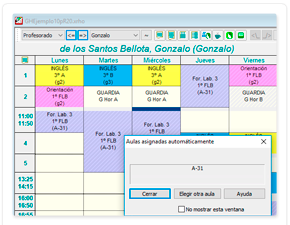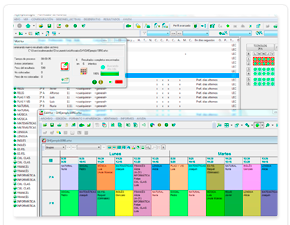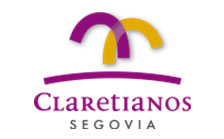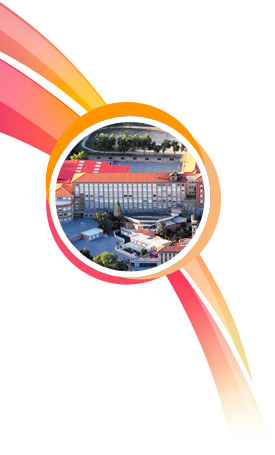
Some data:
| Stages of education: | Early years, Primary, Secondary, Further Education (FE) and Higher Education (HE) |
| Groups: | 60 |
| Teachers: | 101 |
| Students: | 1545 |
| Buildings: | 6 |
| Classrooms: | 90 |
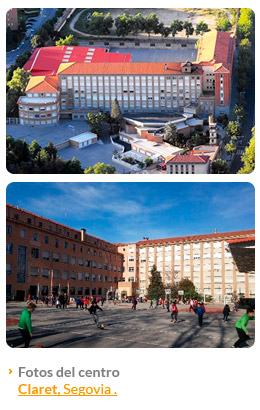
Peñalara-GHC, an essential tool for creating the school timetables.
For many years, the timetables were done by hand, with large sheets in A-3, lot of pencil and eraser, rows and columns, lot of time and patience. It was a system that becomes more sophisticated in terms of mechanics and procedure; but it was manual, with colours and keys that we interpreted to make combinations of optional subjects and teachers. Later, we acquired a programme based on MSDOS that freed us from work, but not from hours of waiting to achieve a timetable. The programme could take 5 or 6 hours to generate a timetable and if you did not like it, you retouched a little the conditions and should wait again.
Due to the educational and legislative changes, some pedagogical situations that determine and complicate the centre organization were implemented: such as division of groups, assistants, bilingual classrooms that mean the restriction of teachers, degrees, courses, etc.
In the same way the great variety of optional subjects that laws in Secondary and High School presented, and the great choice that the centre maintains to meet the challenges of diversity of all the students did impossible to manage with paper and pencil that amount of situations. The same happens with the programs of Curricular Diversification and nowadays PMAR. Therefore, looking for some programme that could handle all those data, we found GHC.
That was the time when we met and started using one of the early versions of GHC. Its easy management in the introduction of data and its adaptability, made us to see quickly that this programme would help us and we would save working time.
It allowed us to manage different complex situations, like the different timetables between educational stages, with teachers who shared lessons in the two stages; groups of complex optional subjects with many teachers simultaneously, in different classrooms, courses and areas. It also helped us to implement pedagogical proposals that require a specific and elaborated organization.
Timetabling software fpr educational institutions.
